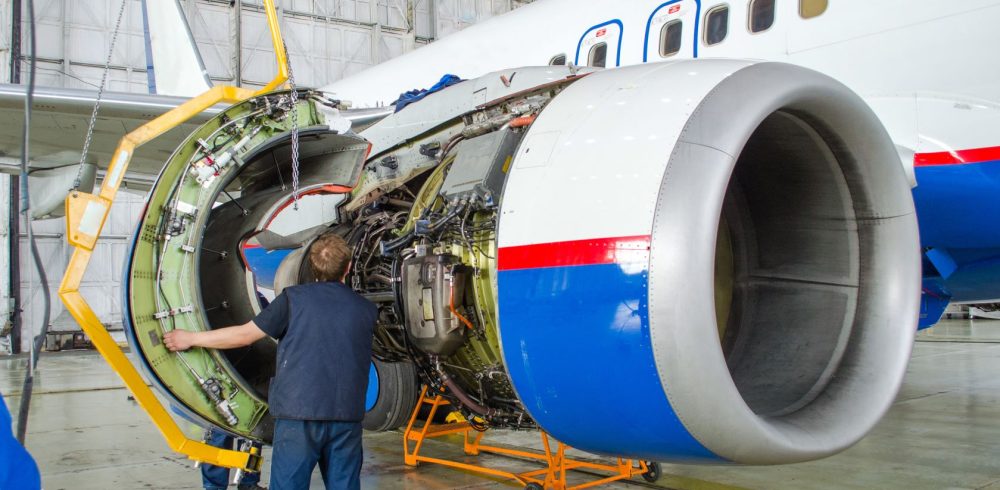When taught how to fly an airplane, pilots are often told to “think ahead of the airplane”, meaning that they have to always plan for the next step. It’s no surprise that the same can be said about aerospace supply chains. In the past few years, the industry has seen some of its lowest points, generated by the COVID-19 pandemic and the materials shortage. To stay ahead of future issues, aerospace manufacturers need to carefully think of their next steps. Here, Neil Ballinger, head of EMEA at automation parts supplier EU Automation, offers some tips.
In the past couple of years, uncertainty has been the defining word for the aerospace industry — hit by a global pandemic, faced with a significant unavailability of components and a lack of skilled labour — all factors that contributed to unusual issues for the supply chains. According to Statista, airlines worldwide lost around $370 billion in revenues due to COVID-19. Similarly, the aerospace industry lost more than 87,000 jobs, of which 55,000 were due to supply chain issues, reported the Aerospace Industries Association.
In light of these facts, it is clear that the aerospace supply chain needs to take steps to recover.
Improve visibility
Aerospace supply chains are complex and consist of many different types of suppliers, manufacturers and maintenance providers. One problem that arises from this complexity is a lack of visibility in the processes of the supply chain. This means that if one node of the chain has a problem, such as a component shortage, the next ones will experience a dangerous domino effect that might force aircrafts to stay on the ground.
With better visibility in their supply chains, manufacturers can react quickly when one node experiences a disruption, so that the next nodes won’t be impacted as severely. To do that, manufacturers should invest in automation tools that allow them to track every step of their components. Manufacturers, OEMs and their suppliers could collaborate to embed smart sensors their components and link them to a shared network. This would allow all stakeholders involved in the supply chain to track components from their manufacturing to when they reach the aircraft.
Similarly, acquiring real-time data from sensors at the beginning of the supply chain will help inform of any disruptions and shortages and will give manufacturers more time to plan their next steps.
Labour shortage
The COVID-19 pandemic brought a significant loss of jobs across all sectors, including aerospace. A labour shortage alongside a lack of skilled workers means slower production times and delays in ordering components.
One strategy for attracting workers is a safety net programme in the form of compensation packages or retainment benefits in case of unexpected global incidents. This would motivate former workers to return but it will also appeal to new employees.
Similarly, companies could create mentorship programmes and offer grants for bright students preparing for a career in engineering and aviation. This will ensure a pipeline of workers ready to take on the jobs from the retiring employees.
Net zero future
In 2021, aerospace leaders committed to achieving net zero emissions in the industry by 2050. One prominent action is developing the first zero-emission commercial aircraft by 2035, designed by Airbus. Similar projects targeting biofuel or electric airplanes exist, but the aerospace industry needs to address other areas as well.
In a 2021 report called “Decarbonizing aerospace”, Deloitte raises awareness of Scope one and two emissions that refer to sustainable aerospace manufacturing. According to them, using advanced technologies like digital twinning, rapid prototyping and additive manufacturing in the designing and engineering of components can drive measurable improvements.
Combining smart technologies with green energy is the key to streamlining distribution through supply chains and drive positive change in the manufacturing value chain.
To overcome challenges in the aerospace supply chain, manufacturers need to “stay ahead of the airplane” and implement solutions that will predict future disruptions.
At EU Automation, we help manufacturers in the aerospace industry source their components in real time in a sustainable way, helping them plan for the future and reduce the time of aircrafts on the ground.
Manufacturing & Engineering Magazine | The Home of Manufacturing Industry News










